Ask Ethan: What Are We Getting Wrong About Schrodinger’s Cat?
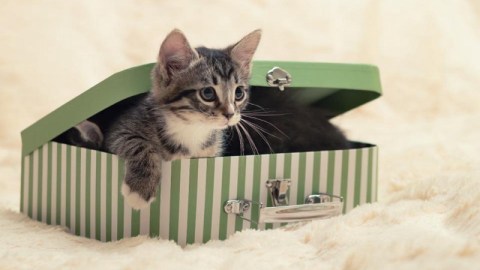
It’s perhaps the most famous thought experiment in all of physics, but is full of popular myths and misconceptions.
One of the most bizarre ideas about the quantum Universe is the notion of indeterminate states. In our conventional, macroscopic Universe, we’re used to things simply existing in a particular, non-controversial way. Whether we look at something or not, it simply exists, independent of our observations. But in the quantum Universe, individual systems exhibit different behavior depending on whether you measure them or not. Perhaps the most famous popularization of this idea is in the form of Schrödinger’s cat, where a system is set up so that if a radioactive atom decays, the cat dies, but if not, the cat lives. But there are more myths than truths surrounding this experiment, and Dave Wagner wants us to disentangle them, suggesting:
I was just reading one of your “Top n myths/misunderstandings about…” pieces, and I thought a good idea for one would be “Top n myths/misunderstandings about Schrödinger’s cat.”
Let’s take a look at what’s really going on behind this famous thought experiment.
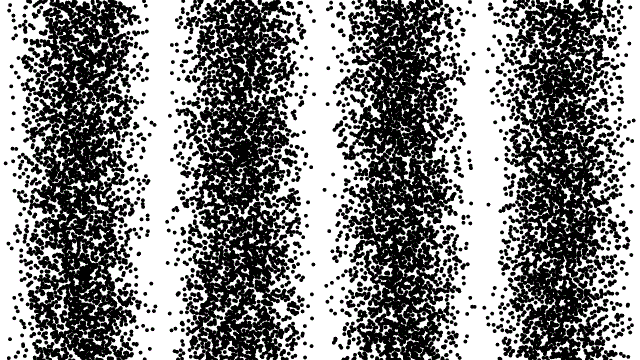
First off, it’s important to recognize where the idea for Schrödinger’s cat came from: a real, physical experiment with unambiguous but very unintuitive results. All you need to do is shine some light towards two thin, closely-spaced slits, and observe what sort of visual pattern shows up on the screen on the other side. So long as your light is all of the same wavelength and you look only at the screen, you’ll get an interference pattern, or an alternative set of many light-and-dark bands.
But if you then recognize, “hey, light is made of photons, and each individual photon must go through one slit or the other,” you start to see the weirdness at play. Even sending photons through one-at-a-time still gives you the interference pattern. And then you have the bright idea to measure which slit each photon goes through. As soon as you do that — and you’re successful, by the way — the interference pattern goes away.
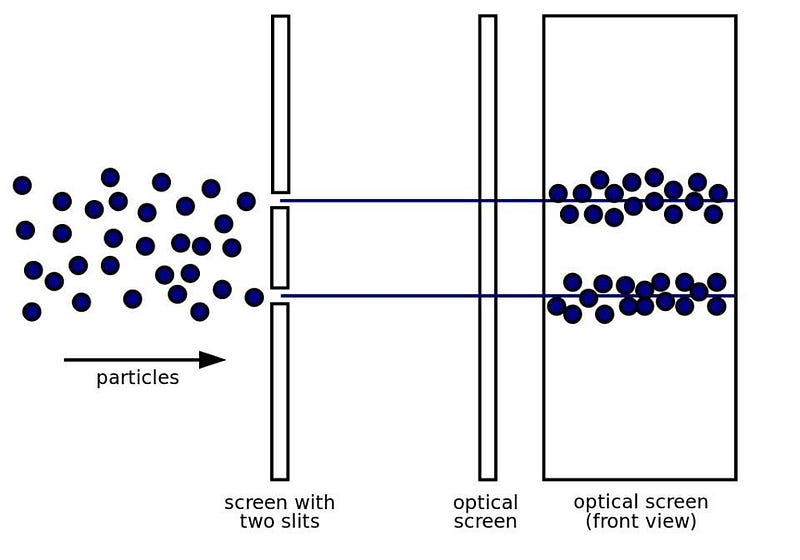
How do we make sense of this? This experiment is, in many ways, the ultimate illustration of how quantum physics works, and also why it’s so weird. It’s as though individual quanta themselves behave as waves and interfere with themselves, traveling through both slits simultaneously and producing the observed pattern. But if you dare to go and measure them — therefore determining which slit they go through — they only travel through one slit or the other, and no longer produce that interference.
It makes one thing very clear: the act of observing a quantum system can, in fact, very much change the outcome. But that, like most discoveries in physics, only brings up more questions. Under what conditions does an observation change the outcome? What constitutes making an observation? And is a human required to be an “observer,” or could an inorganic, non-living measurement suffice?
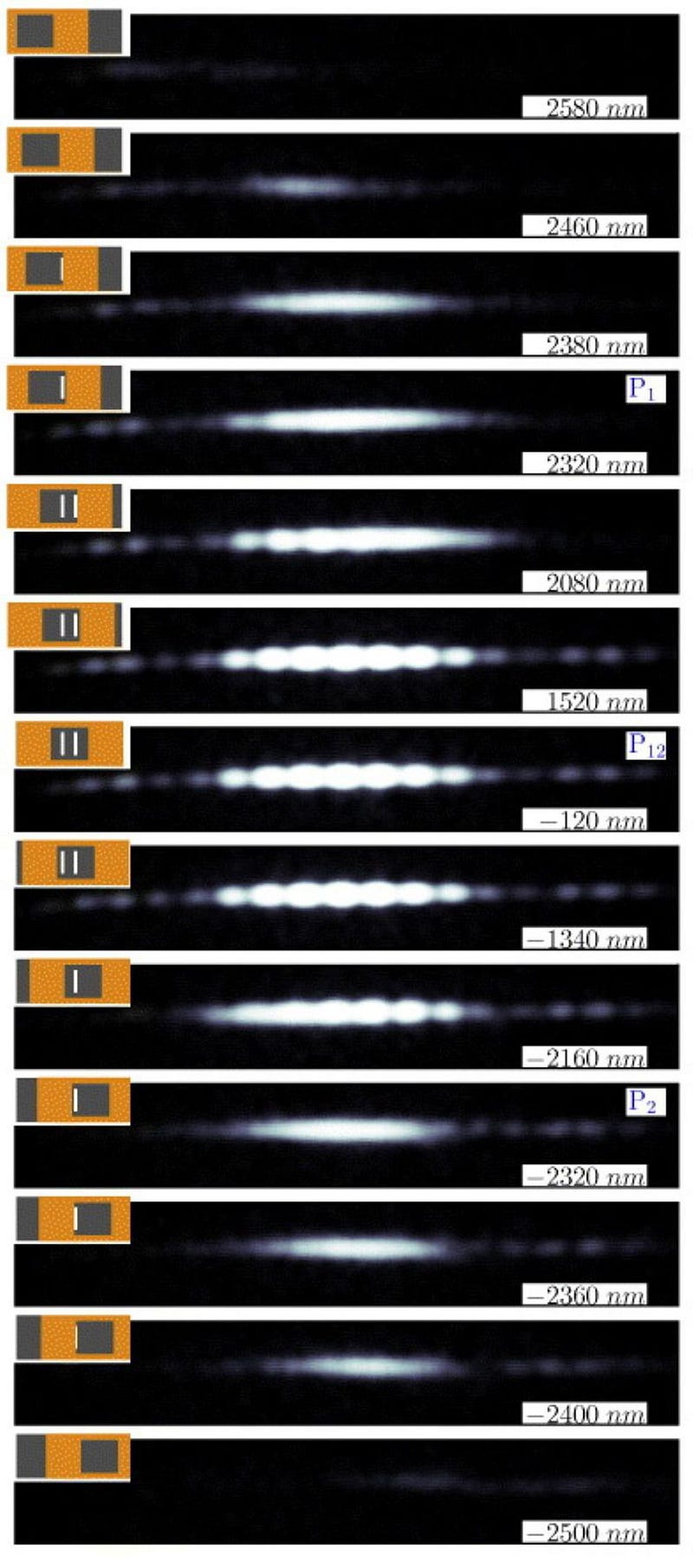
These are all good questions, and it was thinking about exactly these types of issues that led Erwin Schrödinger to formulate his famous feline paradox. It goes something like this:
- you set up a closed system, i.e., a box,
- where inside the box is a quantum system, like a single radioactive atom,
- and when the atom decays, a door opens,
- behind that door is poisoned cat food,
- and also in the box is a cat that will eat the food when it becomes available,
- so you wait one half-life’s length of time,
- and then you ask the key question: is the cat alive or dead?
That’s it. That’s the full idea of the Schrödinger’s cat thought experiment.
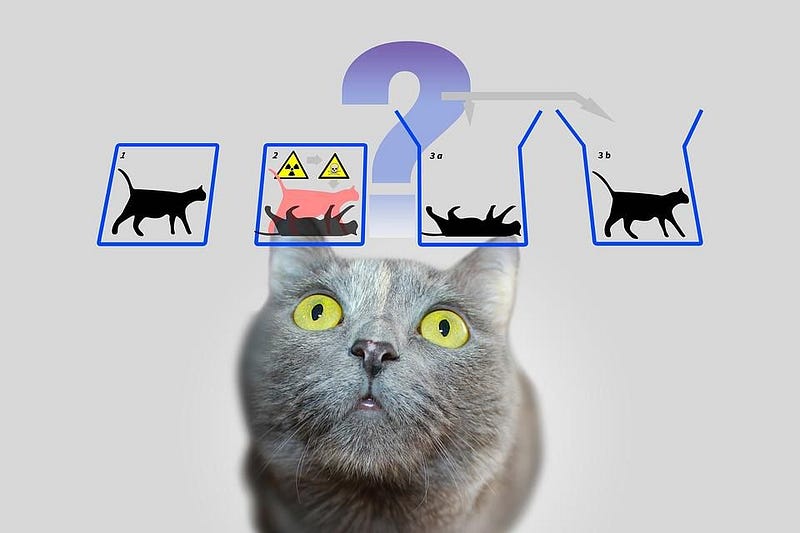
So, what happens when you open the box?
Opening the box must be equivalent to making an observation, so either:
- you’ll find a dead cat that’s eaten the food that was revealed by the radioactive atom decaying, or
- you’ll find an alive cat where no food was revealed and the original radioactive atom has not yet decayed.
But before you’ve opened the box — because this is how quantum systems work — the cat/food/atom system must be in a superposition of both states. There’s only an indeterminate probability that the atom has decayed, and therefore the atom must be in a superposition of decayed and non-decayed states simultaneously. Because the atom’s decay controls the door, the door controls the food, and the food determines whether the cat lives or dies, the cat itself, then, must be in a superposition of quantum states. Somehow, the cat is both part-dead and part-alive until an observation is made.
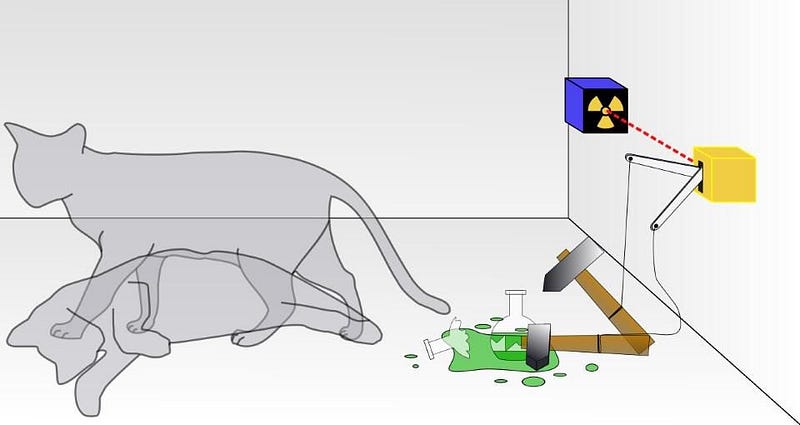
And that, in a nutshell, is the biggest myth and misconception associated with Schrödinger’s cat.
In fact, Erwin Schrödinger himself didn’t present his “cat” idea as a proposed experiment. He didn’t devise it to ask deep questions about the role of a human being in the observation process. He didn’t actually claim that the cat itself would be in a superposition of quantum states, where it’s part-dead and part-alive simultaneously, the way a photon appears to pass partly through both slits in the double-slit experiment.
Every idea along these lines is itself a myth and misconception that runs counter to Schrödinger’s original purpose in putting forth this thought experiment. His true purpose? To illustrate how easy it is to arrive at an absurd prediction — such as a prediction of a simultaneously half-dead and half-alive cat — if you misinterpret or misunderstand quantum mechanics.
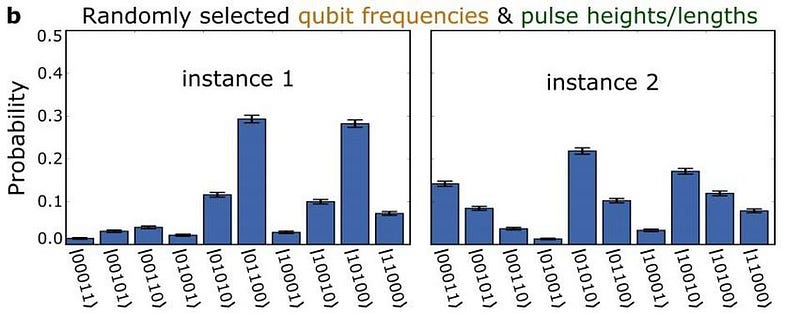
In other words, pretty much everything you’ve ever heard about Schrödinger’s cat is probably a myth, with the sole exception of the fact that quantum systems actually are well-described by a probabilistically weighted superposition of all possible, allowable states, and that an observation or measurement will always reveal one and only one definitive state.
This is not only true, but it’s true irrespective of which quantum interpretation you choose. It doesn’t matter whether you’re selecting one outcome out of the ensemble of all possible outcomes; it doesn’t matter whether you’re collapsing an indeterminate wavefunction into a determinate state; it doesn’t matter if you’re falling into one particular Universe out of an infinite suite of parallel Universes.
All that matters is that a quantum observation has occurred.
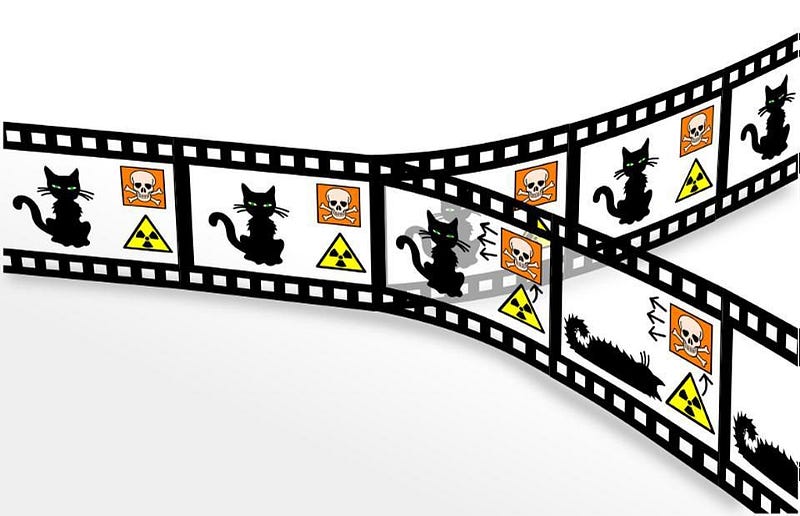
In reality, the cat itself is a perfectly valid observer. The fact of the door or gate opening, and the mechanism controlling it getting triggered, is a perfectly valid observation. Throwing a Geiger counter in there, an instrument which is sensitive to radioactive decays, would count as an observation. And, in fact, any non-reversible interaction that occurs within that system, even if it’s completely sealed off from the outside world in that box, will reveal one and only one definitive state: either the atom has decayed or it has not.
The reason underlying this is simply that every interaction between two quantum particles has the potential to determine the quantum state, effectively collapsing the quantum wavefunction in the most common interpretation. In reality, the decay (or non-decay) of the atom will trigger (or fail to trigger) the door mechanism, and that alone, right there, is where the transition from this bizarre quantum behavior to our familiar classical behavior occurs.
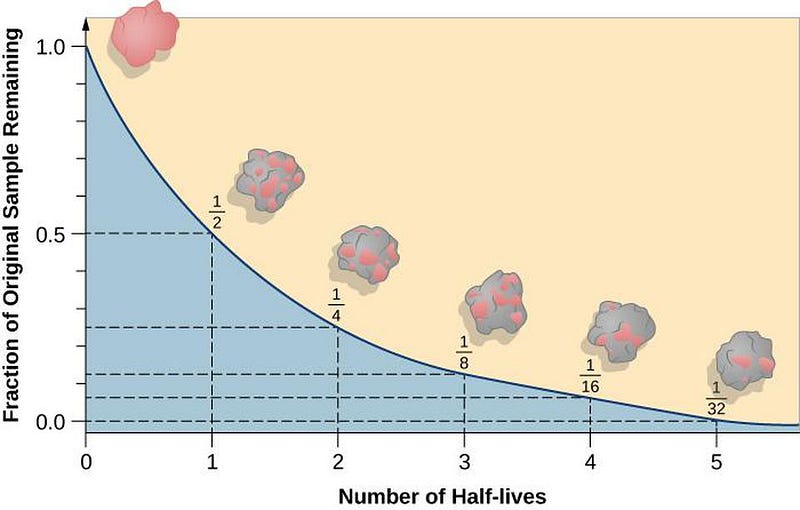
Schrödinger himself was very clear on this point, stating:
It is typical of these cases that an indeterminacy originally restricted to the atomic domain becomes transformed into macroscopic indeterminacy, which can then be resolved by direct observation. That prevents us from so naively accepting as valid a “blurred model” for representing reality. In itself, it would not embody anything unclear or contradictory. There is a difference between a shaky or out-of-focus photograph and a snapshot of clouds and fog banks.
In other words, Schrödinger knew that the cat must be either dead or alive. The cat itself will never be in a superposition of quantum states, but will either be definitively dead or definitively alive at any moment in time. Just because your camera is out of focus, he argues, doesn’t mean reality is fundamentally blurred.
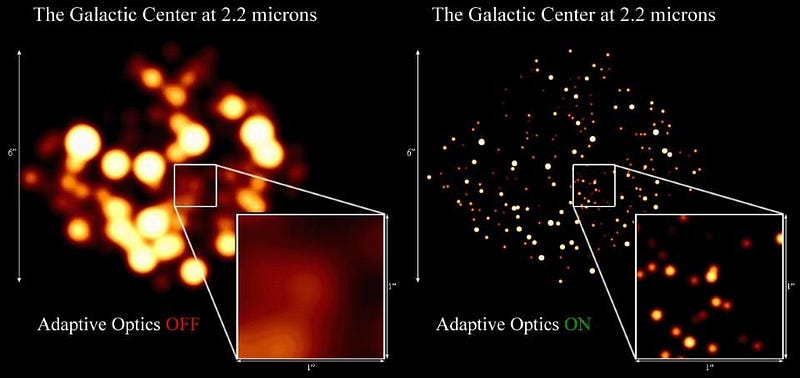
When Einstein talked about “God not playing dice with the Universe,” this was what he was referring to. In fact, Einstein wrote the following to Schrödinger himself, asking rhetorically, “Is the state of the cat to be created only when a physicist investigates the situation at some definite time?”
The answer, perhaps unfortunately, is “of course not.” This indeterminate quantum behavior is actually tremendously difficult to maintain; this is one of the major challenges in building larger-scale quantum systems. Entangling merely a few thousand atoms for a brief time is a very recent achievement, and one of the reasons quantum computing is so difficult is because entangled qubits can only be maintained in an indeterminate state for such short time intervals.
The quantum Universe sure is an unfamiliar place to almost all of us, and Schrödinger’s cat is mostly an illustration of how easy it is for us to misinterpret it. Perhaps the top myth about Schrödinger’s cat is that it has anything to do with quantum weirdness at all.
Send in your Ask Ethan questions to startswithabang at gmail dot com!
Ethan Siegel is the author of Beyond the Galaxy and Treknology. You can pre-order his third book, currently in development: the Encyclopaedia Cosmologica.




